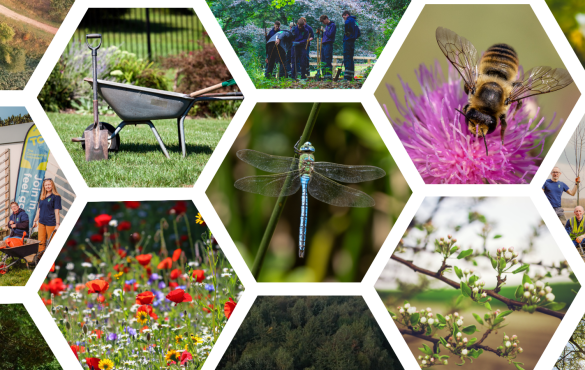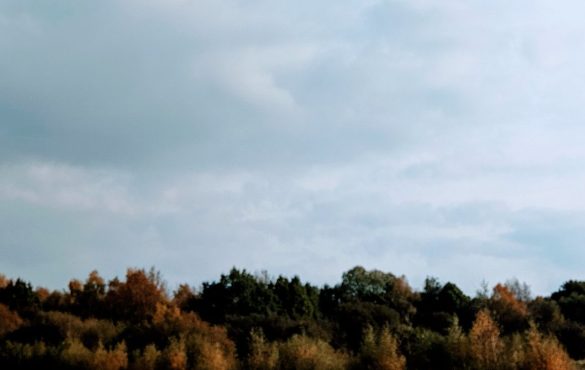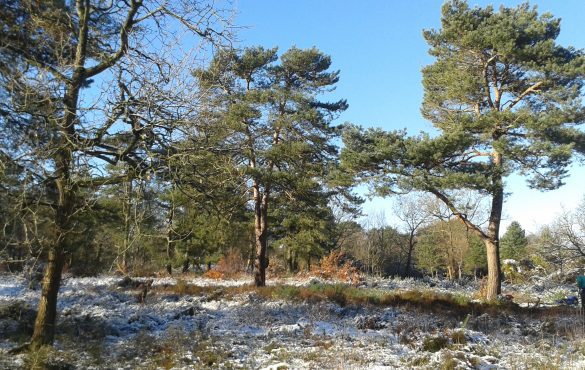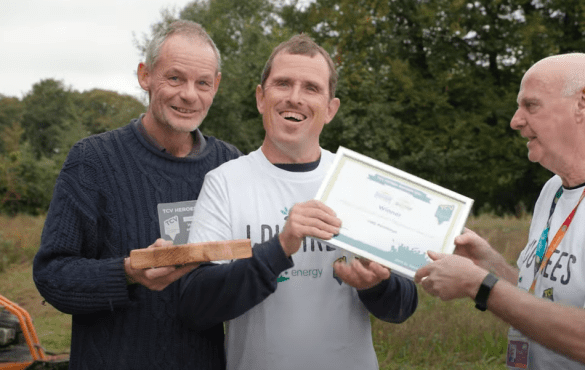Ingenious ways to mitigate flooding and improve biodiversity have been invented by volunteers with The Conservation Volunteers (TCV) for tributaries of the River Medway.
Working with South East Rivers Trust (SERT) since 2018, enthusiastic TCV volunteers have used their wits and skills to custom-build fifty ‘leaky’ dams from natural materials on woodland streams in the Medway catchment area.
The dams help reduce the flow of water into vulnerable towns and villages such as Five Oak Green near Tunbridge Wells which flooded during Storm Ciara in February 2020. The catchment area, stretching across parts of Kent, Surrey and East Sussex, has a history of disastrous flooding, notably during the Great Floods of 1968.
In 2013, 900 homes were inundated over Christmas, leading to a £19 million investment in flood defences under the Medway Flood Action Plan.
The dams also create more habitat for scarce wetland plants and animals. In Bedgebury Forest, home to the National Pinetum, patches of greater tussock sedge (carex paniculata) can now thrive in damper, brighter conditions where volunteers have coppiced trees to build the dams and let in more sunlight.
The new habitats will mature over time, adding a greater range of nutrients and niche environments where woodland wildlife can flourish.
Volunteer Owen Johnston who leads the teams building the dams explains: “We use whatever natural materials are to hand – logs, branches, twigs, lumps of stone – to partially block the water-courses and divert floodwater into surrounding parts of the woodland. Occasionally we dig new channels where the layout of the land allows.
“I’ve found it fascinating to learn how to engineer and locate these structures for maximum effect with minimum effort and disturbance. Each stream is different, so you must adapt the basic structures to fit every location. We’ve also enjoyed dreaming up different and sometimes improbable-looking designs, in case one turns out to work exceptionally well. These include ‘living dams’ made of pleached trees (like a laid hedge), palisades, woven spruce branches, and dead hedges stretching across wider valleys.”
Owen says that the effectiveness of the dams is clearly demonstrated by the tide-mark of debris that forms behind them after heavy rainfall.
In addition, a paper reporting quantitative research is being prepared by Kings College London who have set up electronic equipment to monitor the performance of one of the dams.
TCV was approached to carry out the work following an earlier project for SERT at Powdermill stream near Battle in East Sussex. SERT thus knew from experience the task would be ideal for the many skilled and physically active volunteers who regularly turn out alongside thousands of others with varied ages, ability and fitness to improve their local environment, learn new skills and feel good with TCV.
Funders for the dams include the Medway Flood Action Plan and the EU FRAMES (Flood Resilient Areas by Multi-LayEred Safety) project via the European Regional Development Agency and the Environment Agency through DEFRA.
In the long term, the structures will need maintenance and replacing as they naturally deteriorate with time. “It’s a never-ending task,” says Owen (in March 2020) “and we can’t wait to start again when the present restrictions lift!”




